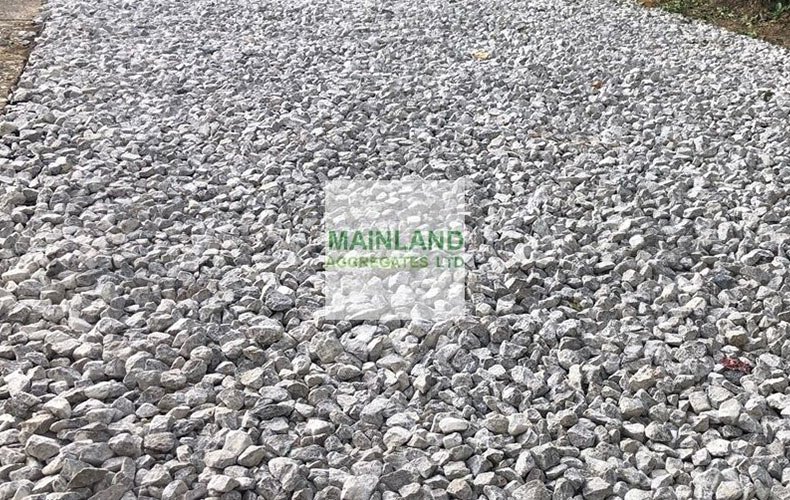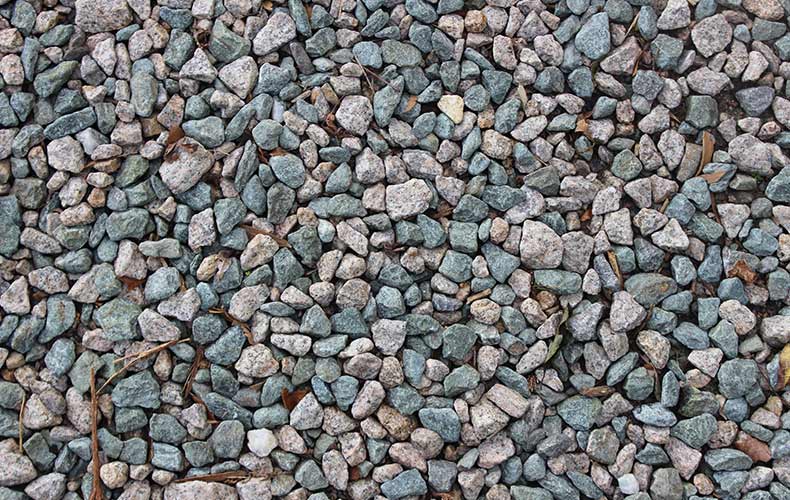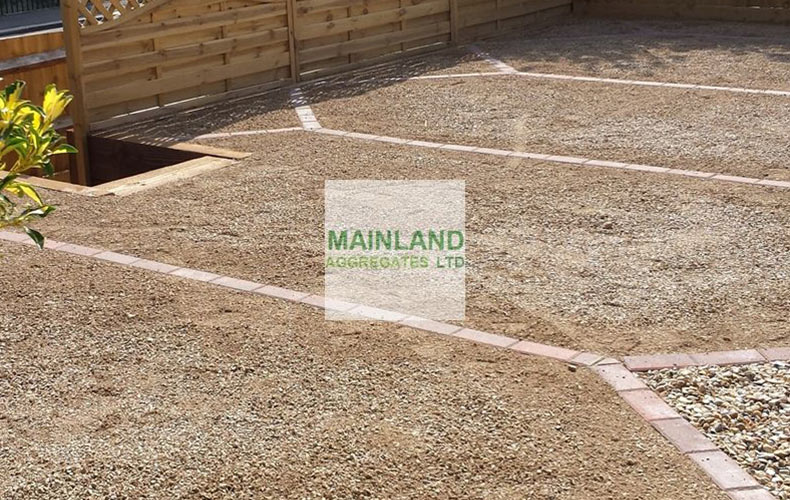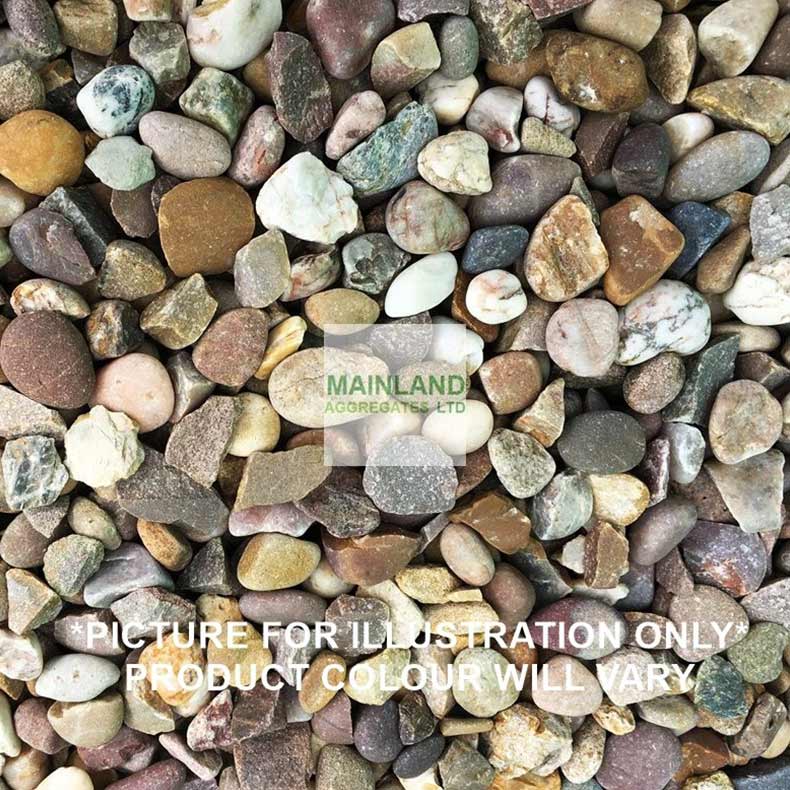Gravel vs Shingle: What’s the Difference?
Knowing the difference between gravel and shingle will help you choose the right type of aggregate for your next landscape project. Whether you want to build a driveway using aggregates or want to add aggregates to your garden space to build a water feature, it is essential to know the difference between the different types of decorative aggregates.
Gravel.
By definition, gravel is a loose aggregation of rock fragments, such as 20mm Dove Grey Limestone. Gravel is a popular type of landscape rocks commonly used on roads or as ballast.

Related: Decorative Aggregates 101: Decorative Gravel.
Types of gravel.
There are two main types of gravel: crushed stone gravel and naturally formed gravel.
Crushed stone gravel is created when large pieces of stone or rock are crushed into smaller fragments. Crushed gravel features a rough texture, irregular sizes and angular edges. Self-binding gravel is made of crushed stone and other materials.

Naturally formed gravel is a natural stone that has been shaped from the natural erosion of rocks. Pea gravel is a type of natural gravel that features a rounded shape and smooth texture.
What is self-binding gravel?
Self-binding gravel is a mixture of gravel dust, gravel particles, sand and clay that binds itself to create a multi-purpose pathway. Self-binding gravel is a type of surface material used for golf courses, walkways and footpaths. Popular types of self-binding gravel include Old English Self Binding Gravel and Cotswold Self Binding Gravel.

What is recycled gravel?
Recycled gravel, such as 20mm recycled pipe bedding, is made from recycled materials. Recycled pipe bedding is made from crushed concrete, brick and reclaimed gravel. This type of product is becoming more popular due to its environmental benefits and low cost.
Shingle.
Even though the terms gravel and shingle can be used interchangeably to refer to small decorative aggregates, shingle also has other definitions. Shingle stones are small, smooth pebbles often found on a beach. Shingle is also the name given to small, thin pieces of building material used for covering roofs or the sides of buildings.
What shingle is best for driveways?
For driveways, we recommend hardwearing aggregates, such as 20mm shingle. This product can be used for driveways, footpaths, pipe bedding, drainage and more.

Types of shingle rock.
At Mainland Aggregates, we supply a wide range of shingle and gravel to suit your project requirements. From 10mm shingle which is suitable for planting borders, hard landscaping and footpaths to 40mm gravel that is perfect for large diameter pipe bedding, soakaways and more.
